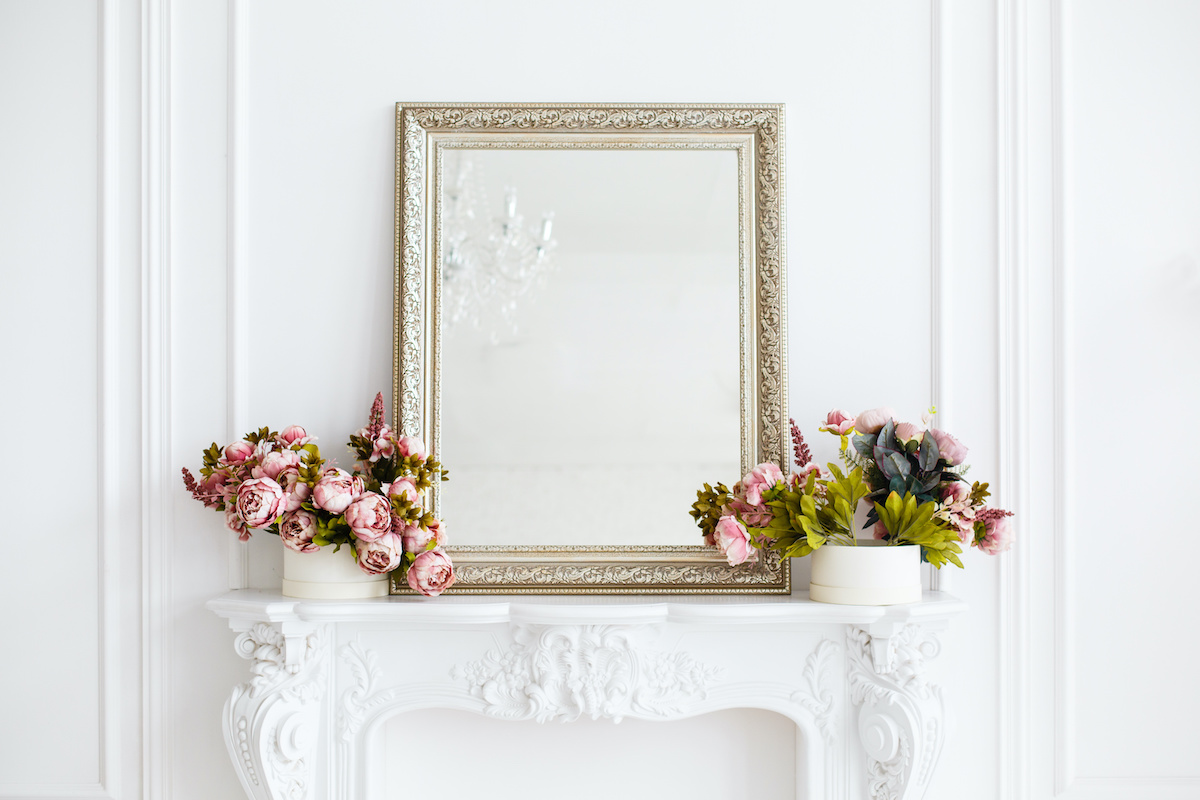

Articles
How Do Mirrors Work
Modified: January 18, 2024
Learn about the fascinating science behind mirrors in these informative articles. Discover how mirrors work and reflect light, offering insight into their optical properties.
(Many of the links in this article redirect to a specific reviewed product. Your purchase of these products through affiliate links helps to generate commission for Storables.com, at no extra cost. Learn more)
Introduction
Have you ever wondered how mirrors work? These fascinating objects play a vital role in our everyday lives, reflecting light and allowing us to see ourselves and the world around us. Mirrors have been used for centuries, and their mechanisms and applications have intrigued scientists, artists, and everyday people alike.
At their core, mirrors function by reflecting light. When light waves strike the smooth surface of a mirror, they bounce off in a specific way, allowing us to see the reflection of objects and ourselves. This phenomenon is known as reflection and is a fundamental principle of optics.
In this article, we will explore the science behind mirrors, the different types of mirrors, and their manufacturing processes. We will also delve into the various applications of mirrors and how they impact our daily lives. So, let’s dive in and unravel the mysteries of these remarkable objects!
Key Takeaways:
- Mirrors, from plane to curved, reflect light through the science of reflection. They enhance our daily lives, from personal grooming to scientific research, with their unique properties and applications.
- The manufacturing of mirrors, using silvering and precise processes, ensures high-quality reflective surfaces. Mirrors have diverse applications, from personal use to scientific research, enhancing our vision and surroundings.
Read more: How Do Infinity Mirrors Work
Reflection of Light
Understanding the reflection of light is essential to comprehend how mirrors work. Light is a form of electromagnetic radiation comprising photons. When light encounters a surface, it can undergo three processes: absorption, transmission, or reflection. In the case of mirrors, reflection is the key phenomenon.
Reflection occurs when light waves strike a smooth surface and bounce off in a predictable manner. The angle at which the light waves approach the surface, known as the angle of incidence, is equal to the angle at which they reflect off the surface, called the angle of reflection. This reflection process follows the law of reflection.
According to the law of reflection, the incident ray, the reflected ray, and the normal (a line perpendicular to the surface) all lie in the same plane. Additionally, the angle of incidence is always equal to the angle of reflection.
When it comes to mirrors, the smooth surface of the mirror allows for the maximum possible reflection of light. This is why mirrors appear to be highly reflective and provide clear and detailed reflections of objects placed in front of them.
There are two main types of mirrors: plane mirrors and curved mirrors. Let’s explore each type in more detail.
Plane Mirrors
Plane mirrors, also known as flat mirrors, are the most common type of mirror we encounter in our daily lives. They have a flat reflective surface that reflects light in a predictable manner. When light waves strike a plane mirror, they bounce off and form a virtual image.
A virtual image is an image that appears to be behind the mirror, but it cannot be projected onto a screen. It is a result of the light rays appearing to diverge from a point behind the mirror. The virtual image is always the same size as the object being reflected and is located the same distance behind the mirror as the object is in front of it.
Plane mirrors have several characteristics that make them unique. They provide us with a specular reflection, meaning the angle of incidence is equal to the angle of reflection. This allows us to see a clear and accurate reflection of ourselves and objects. Additionally, plane mirrors do not distort the shape or size of the reflected image.
These mirrors find numerous applications in our daily lives. We use them in bathrooms, bedrooms, dressing rooms, and even as decorative pieces. They are also widely used in cameras, telescopes, and periscopes to redirect and reflect light.
Overall, plane mirrors are a crucial everyday tool that allows us to see ourselves and our surroundings with clarity and accuracy.
Curved Mirrors
Unlike plane mirrors, curved mirrors have a curved reflective surface. This curvature can be either inward or outward, resulting in two types of curved mirrors: concave mirrors and convex mirrors.
A concave mirror curves inward, meaning it is thicker at the edges and thinner at the center. This type of mirror can create different types of images, depending on the position of the object in relation to the mirror’s focal point.
When an object is placed beyond the focal point of a concave mirror, it forms a real and inverted image. The image is real because it can be projected onto a screen, and it is inverted, meaning it is upside down compared to the object. Examples of real and inverted images can be seen in telescopes and some makeup mirrors.
On the other hand, when the object is placed between the focal point and the mirror’s surface, the image formed is virtual, upright, and magnified. This phenomenon is utilized in shaving mirrors and many reflective devices used in dental clinics and beauty salons.
A convex mirror, on the other hand, curves outward, being thicker at the center and thinner at the edges. This type of mirror forms only virtual images, which are always smaller, upright, and appear to be located behind the mirror. Convex mirrors are commonly used in cars as rearview mirrors to provide a wider field of view and reduce blind spots.
The curvature of both concave and convex mirrors affects the way light is reflected. It causes the light rays to converge or diverge, resulting in different image characteristics and applications.
Whether it’s the precision of a concave mirror or the expanded view of a convex mirror, curved mirrors play a significant role in our daily lives, enhancing our vision and allowing us to see the world from different perspectives.
Concave Mirrors
Concave mirrors are a type of curved mirror that curves inward, resulting in a reflective surface that is thicker at the edges and thinner at the center. This unique shape gives concave mirrors distinct optical properties, making them widely used in various applications.
When light rays strike a concave mirror, their reflection is determined by their position in relation to the mirror’s focal point. If the object is located beyond the focal point, a real and inverted image is formed. This means that the image is projected onto a screen, and it appears upside down compared to the object.
The formation of a real and inverted image occurs because the light rays from the object converge after reflection. This convergence leads to the image being smaller and located at a point known as the focal point. Real and inverted images formed by concave mirrors can be observed in telescopes, certain makeup mirrors, and even in diagnostic medical imaging technologies, such as x-ray machines.
When the object is placed between the focal point and the mirror’s surface, a virtual and upright image is formed. The image is virtual because it cannot be projected onto a screen, and it appears to be behind the mirror. Additionally, the image formed by a concave mirror when the object is within the focal point is magnified compared to the original object. This characteristic makes concave mirrors useful in devices such as shaving mirrors and reflective devices in dental clinics and beauty salons.
Another important feature of concave mirrors is that they can focus light. When parallel rays of light strike a concave mirror, they converge and intersect at a specific point called the focal point. This property is utilized in devices like flashlights, spotlights, and even solar concentrators.
Concave mirrors, with their ability to form real and inverted images, magnify objects, and focus light, have a wide range of practical applications across different industries. They are invaluable tools in optics, imaging technologies, and lighting systems, enhancing our ability to see, examine, and analyze the world around us.
Mirrors work by reflecting light, creating an image of the objects in front of them. The smooth surface of the mirror allows light to bounce off at the same angle it hits, creating a clear reflection.
Read more: How Do Fogless Mirrors Work
Convex Mirrors
Convex mirrors are curved mirrors that curve outward, with a reflective surface that is thicker at the edges and thinner in the center. This unique shape gives convex mirrors distinct optical properties, setting them apart from other types of mirrors.
When light rays strike a convex mirror, their reflection causes the rays to diverge or spread out. As a result, convex mirrors form virtual images, which are always smaller, upright, and appear to be located behind the mirror.
Due to their ability to provide a wider field of view, convex mirrors are commonly used as safety mirrors in various settings. You will often find convex mirrors used as rearview mirrors in vehicles. The wide field of view offered by convex mirrors allows drivers to see objects and vehicles in their blind spots, promoting safer driving.
Convex mirrors are also used in settings where a large area needs to be monitored, such as parking garages, supermarkets, and hospitals. The unique reflective properties of convex mirrors help provide a wide and distorted view of the surroundings, enabling a comprehensive observation of the area.
One important characteristic of convex mirrors is their ability to reflect light uniformly in all directions. This makes them ideal for applications where diffused or scattered reflection is preferred. For instance, convex mirrors are used in outdoor security mirrors to provide a panoramic view and deter theft or vandalism.
Additionally, convex mirrors are commonly used as decorative elements in home decor. Their unique shape and reflective properties add a touch of elegance and style to interior spaces.
In summary, convex mirrors, with their ability to provide a wider field of view, uniform reflection, and distorted virtual images, serve a variety of practical purposes. From enhancing safety on the roads to monitoring large areas and adding aesthetic appeal to our living spaces, convex mirrors are an invaluable part of our daily lives.
Mirror Manufacturing
The manufacturing of mirrors involves several precise processes to ensure the creation of high-quality reflective surfaces. While modern mirrors are typically made using a method known as silvering, the history of mirror manufacturing dates back centuries.
In the past, mirrors were made using materials such as polished metal, stone, or even obsidian. However, these mirrors lacked the clarity and reflectivity that we associate with mirrors today. The development of silvering revolutionized mirror production, producing mirrors with superior reflectivity and image quality.
Silvering is the process by which a reflective coating, typically made of silver or aluminum, is applied to the back surface of a glass or acrylic substrate. This coating is what allows mirrors to reflect light effectively.
The manufacturing process begins by preparing the glass or acrylic substrate, ensuring it is clean and free of imperfections. Next, a thin layer of a reflective material, such as silver, aluminum, or a combination of both, is deposited onto the back surface of the substrate using a chemical or physical vapor deposition method.
Once the reflective layer is applied, several protective layers are usually added to prevent tarnishing, corrosion, and damage. These protective layers are typically made from materials such as copper, tin, or special coatings designed for durability.
After the deposition and protective coating process, the mirrors undergo a series of inspections to ensure quality control. Technicians examine the mirrors for any visual defects, scratches, or inconsistencies in the reflective surface. This rigorous inspection process guarantees that only mirrors that meet the strict quality standards are made available to consumers.
Depending on the intended use, mirrors can also undergo additional processes such as cutting, shaping, and frosting to meet specific requirements. These processes ensure that mirrors can be tailored to fit various applications and personal preferences.
The manufacturing of mirrors has come a long way, evolving from simple reflective surfaces to sophisticated silvered mirrors with exceptional clarity and reflectivity. The combination of advanced technologies and precise craftsmanship ensures that mirrors are produced to meet the highest standards of quality and functionality.
Mirror Applications
Mirrors have a wide range of applications in various industries and everyday life. Their ability to reflect light and create clear images makes them invaluable tools in numerous fields. Let’s explore some of the key applications of mirrors.
One of the most common uses of mirrors is for personal grooming and beautification. Mirrors are essential in bathrooms, bedrooms, and dressing rooms, allowing individuals to see themselves and ensure their appearance is just right. Makeup mirrors, in particular, are designed to provide magnification and accurate color representation for precise application of cosmetics.
Mirrors also play a vital role in medical and dental settings. Dentists and physicians use mirrors for indirect vision during procedures, allowing them to see hard-to-reach areas in the oral cavity, ears, and other body parts. Additionally, mirrors are used in diagnostic imaging techniques such as endoscopy, enabling doctors to examine internal organs and structures.
In the world of science, mirrors are employed in telescopes, microscopes, and other optical instruments. Telescopes use large mirrors to capture and focus light from celestial bodies, enabling astronomers to observe distant stars, galaxies, and other astronomical phenomena. Microscopes, on the other hand, use mirrors to direct light and magnify objects for detailed examination in fields like biology and medicine.
Reflective surfaces are crucial in photography, allowing light to bounce off the subject and onto the camera’s sensor or film. By using mirrors, photographers can manipulate light angles, create unique perspective effects, and even capture self-portraits. Mirrors are also utilized in the development of projector screens, enhancing the clarity and visibility of projected images.
Mirrors are essential in the automotive industry, particularly in rearview mirrors. Convex mirrors are used in vehicles to provide a wider field of view and reduce blind spots, enhancing the safety of drivers. Rearview cameras in modern cars also utilize mirror-like surfaces to display the view behind the vehicle, aiding in parking and maneuvering.
Architecture and interior design often incorporate mirrors for aesthetic purposes. Mirrors can create the illusion of space and depth, making small rooms appear larger and enhancing the overall ambiance of a space. They are also used strategically to reflect natural light into interior spaces, improving brightness and reducing the need for artificial lighting.
Artists and designers use mirrors as creative elements in sculptures, installations, and interactive artworks. Reflective surfaces add dimension, interaction, and visual impact, encouraging viewers to engage and perceive their surroundings from different perspectives.
From personal use to scientific applications, mirrors serve a multitude of purposes. Their ability to reflect light and create clear images enhances our daily experiences and facilitates numerous industries. Without mirrors, our world would be less vibrant, less functional, and lacking the remarkable reflections that enrich our lives.
Conclusion
Mirrors are fascinating objects that have captivated human curiosity for centuries. Their ability to reflect light and create clear images has made them indispensable in various industries and everyday life. Understanding the science behind mirrors, from the reflection of light to the different types of mirrors, is key to appreciating their functionality and versatility.
Whether it’s the simplicity of plane mirrors or the unique properties of curved mirrors like concave and convex mirrors, each type serves a distinct purpose. Plane mirrors provide accurate reflections, while curved mirrors offer different image characteristics and applications, from magnification to wider fields of view and distortion.
The manufacturing process of mirrors, particularly the silvering technique, ensures the production of high-quality reflective surfaces. These mirrors undergo careful inspection to meet strict standards and provide exceptional clarity and reflectivity.
From personal grooming and medical applications to scientific research, photography, and automotive safety, mirrors have a multitude of practical uses. They enhance our vision, aid in self-reflection, expand our field of view, and add aesthetic appeal to our surroundings.
In conclusion, mirrors hold a prominent place in our daily lives, combining both functionality and artistic value. Their importance extends far beyond simple reflection; they play a significant role in numerous industries and enhance our experiences in many ways. So, the next time you look into a mirror, take a moment to appreciate the science and craftsmanship behind this incredible invention, and the impact it has on our world.
Frequently Asked Questions about How Do Mirrors Work
Was this page helpful?
At Storables.com, we guarantee accurate and reliable information. Our content, validated by Expert Board Contributors, is crafted following stringent Editorial Policies. We're committed to providing you with well-researched, expert-backed insights for all your informational needs.
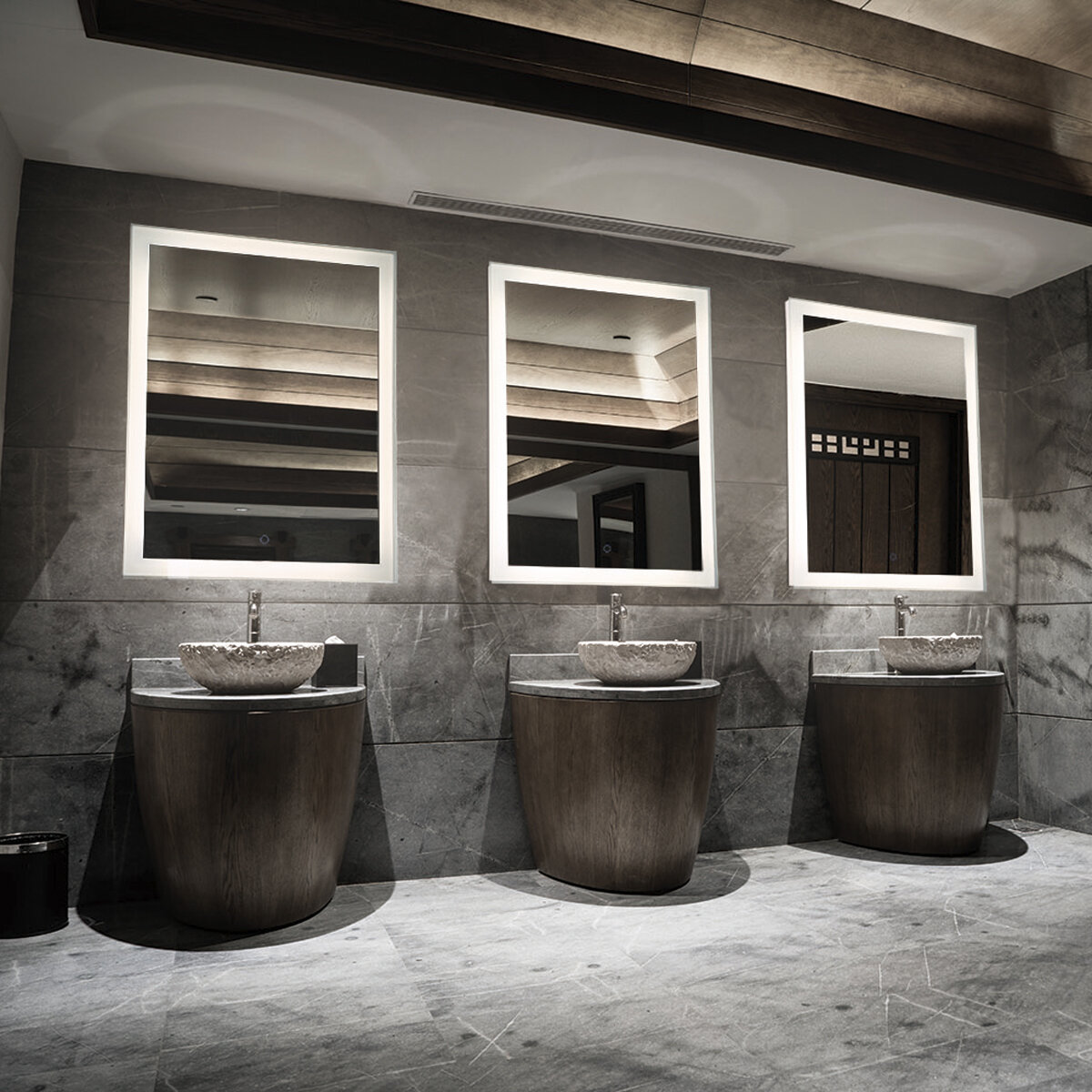


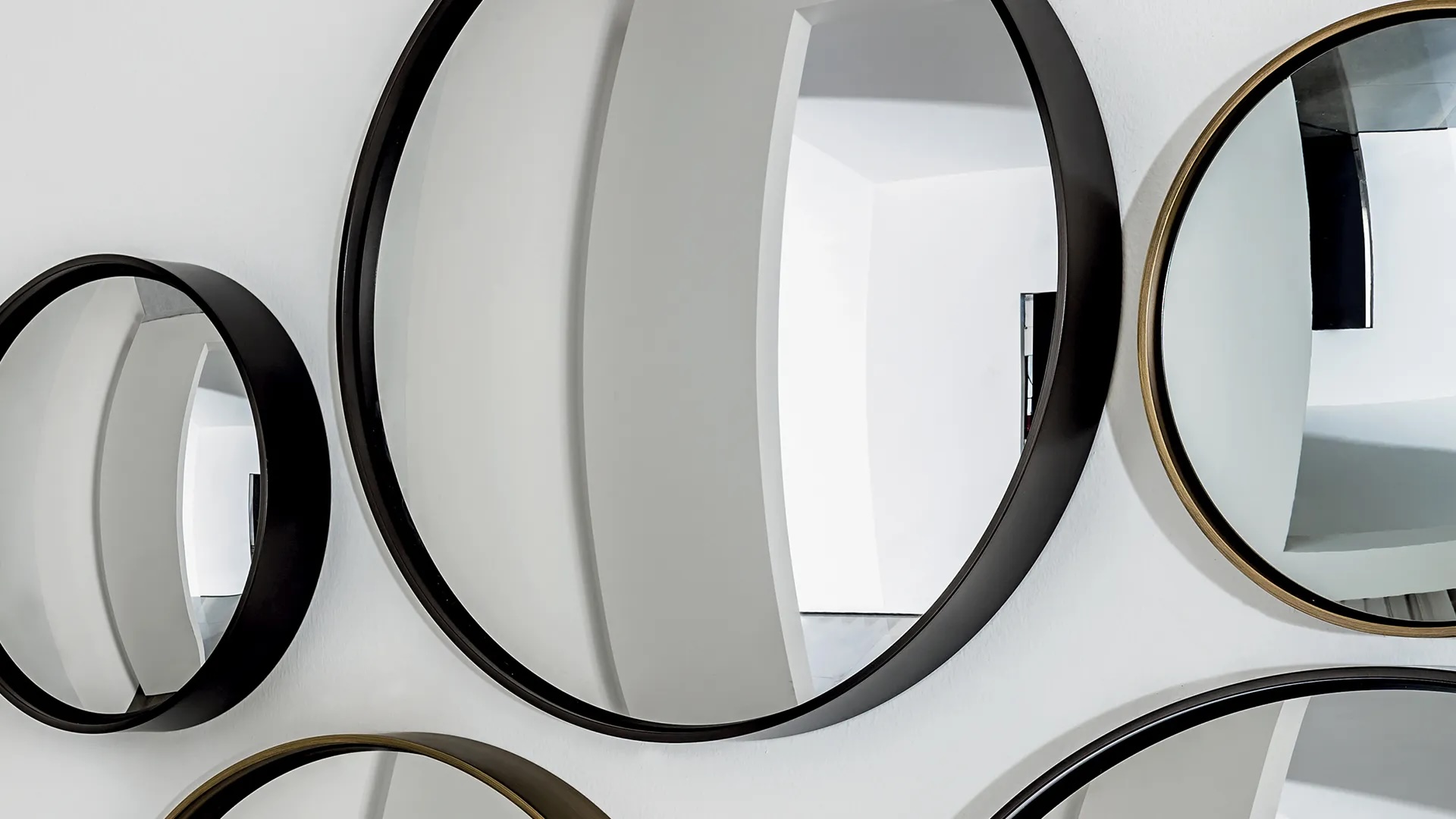
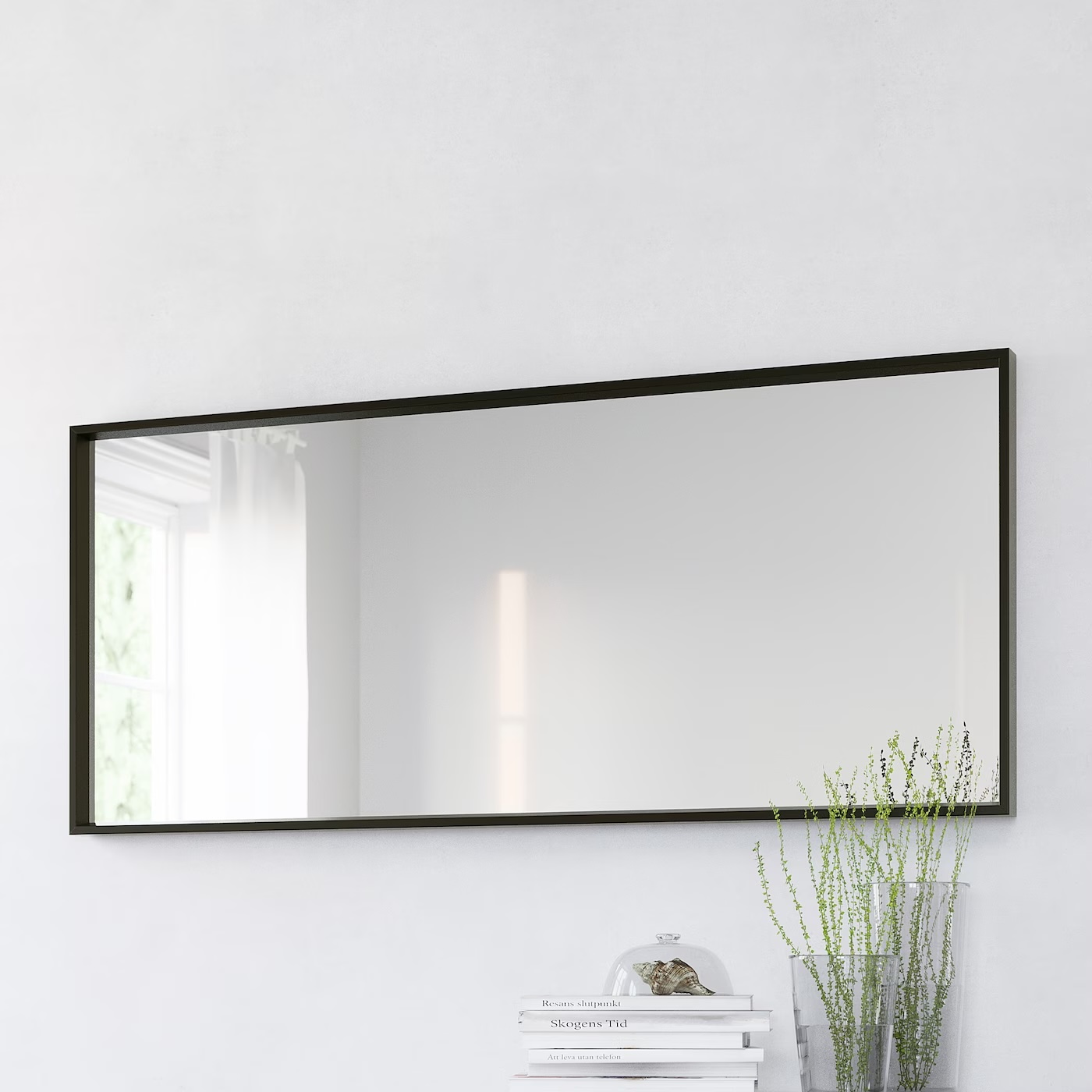
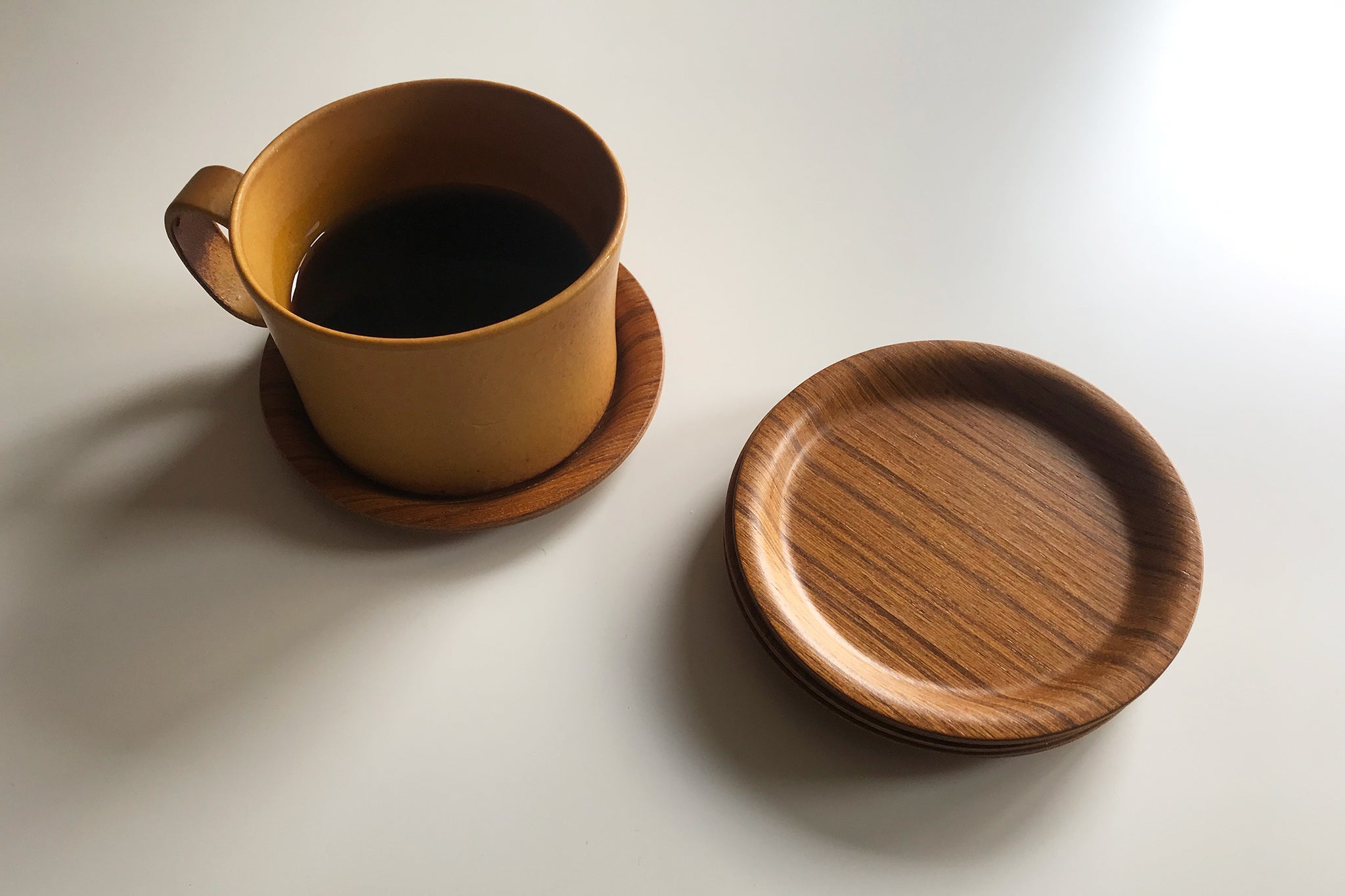

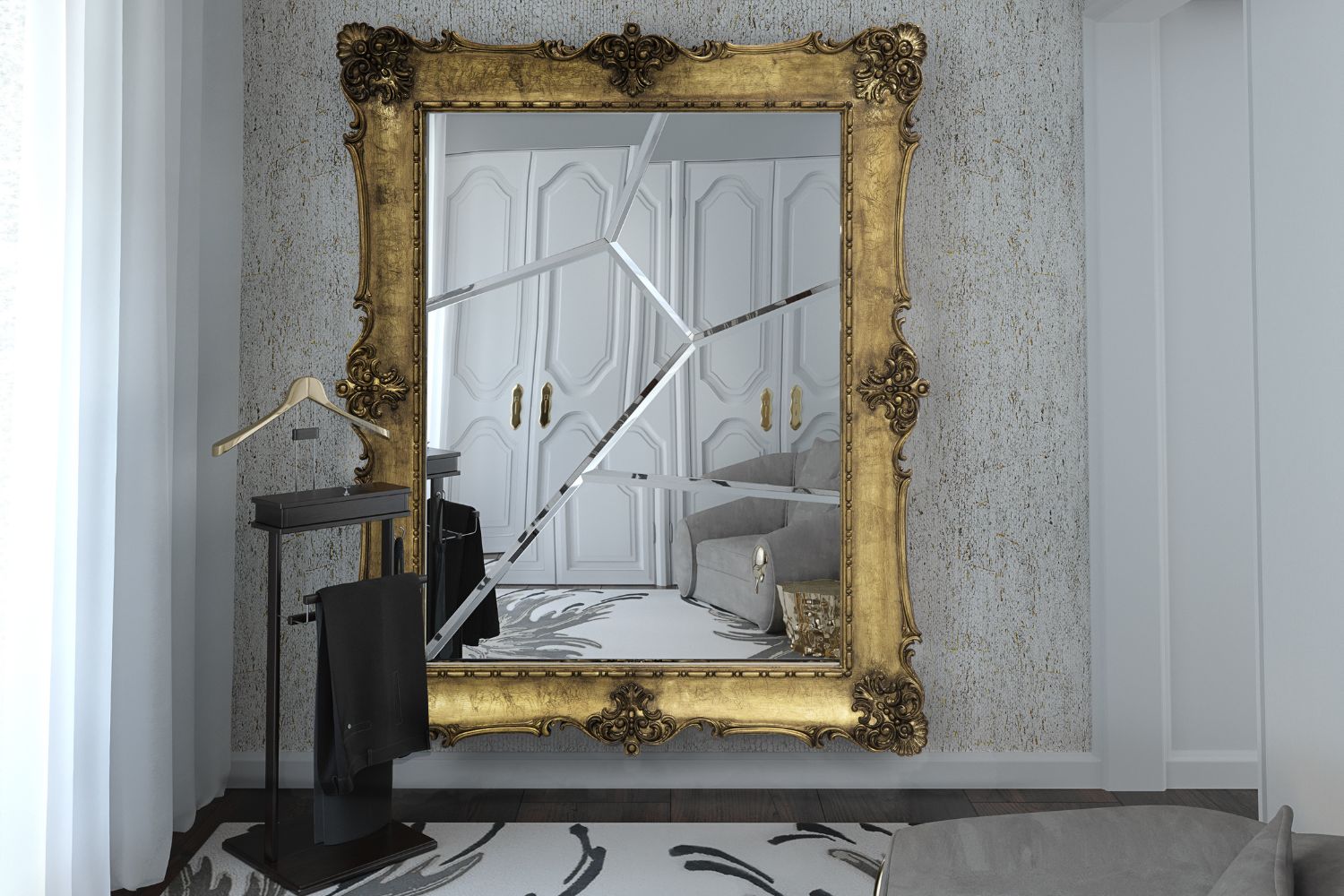
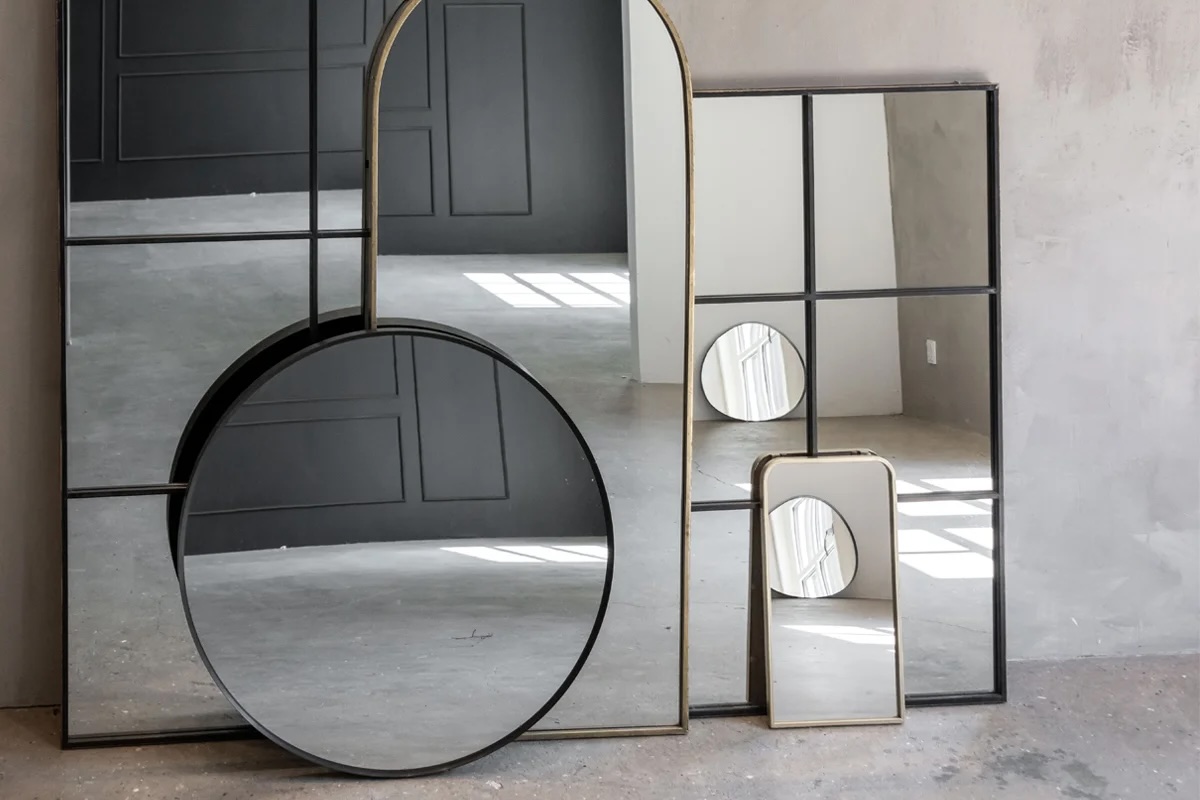


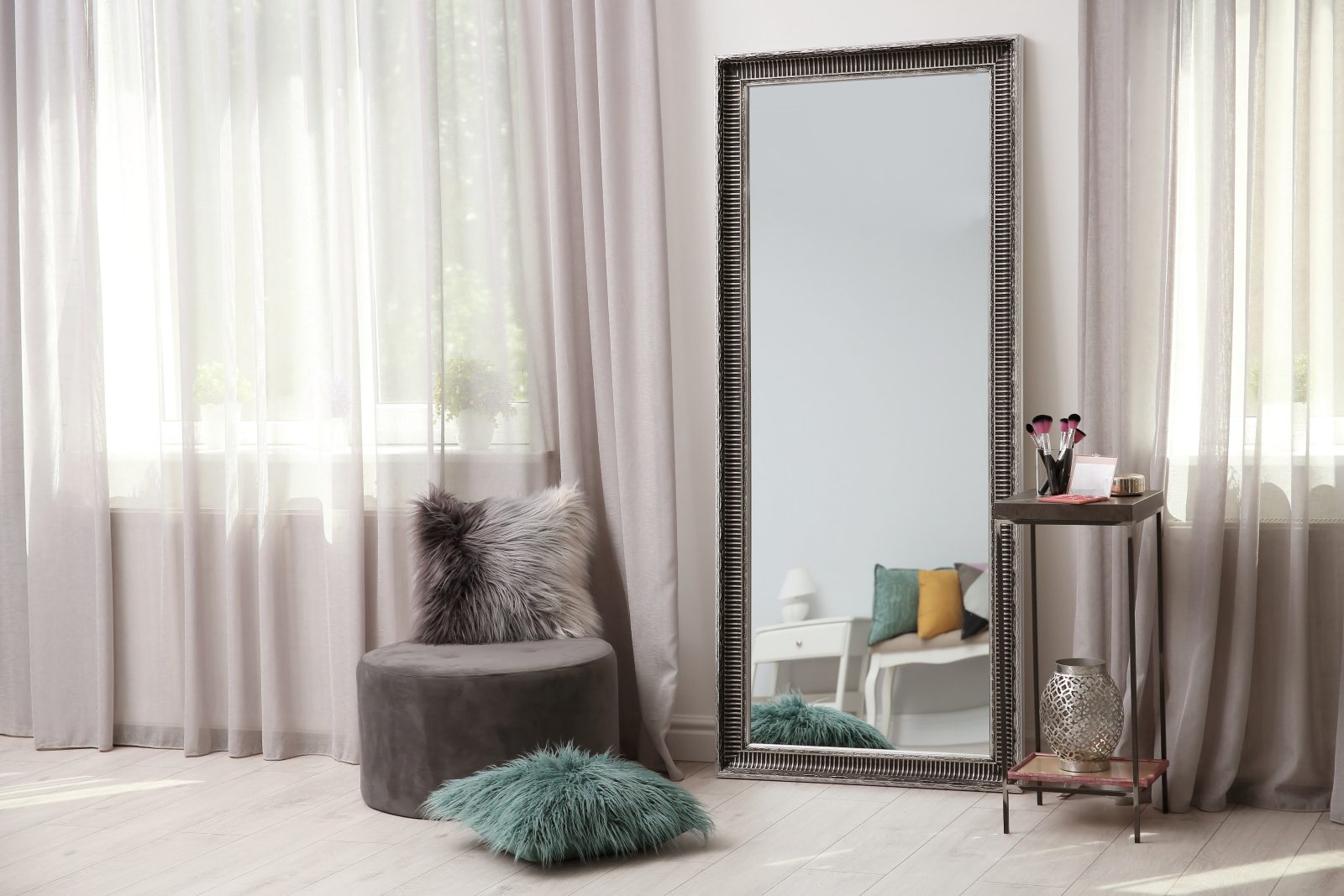
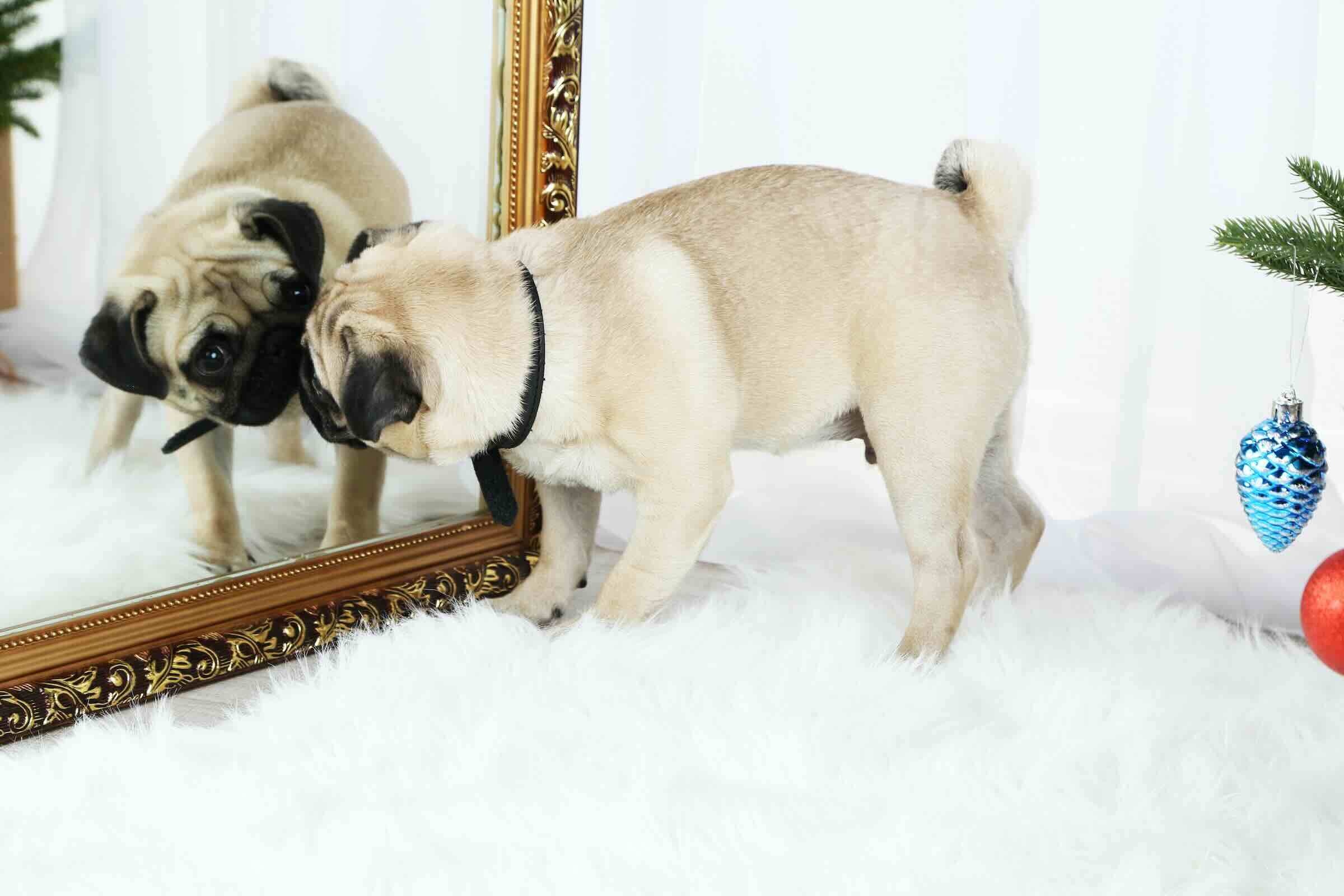
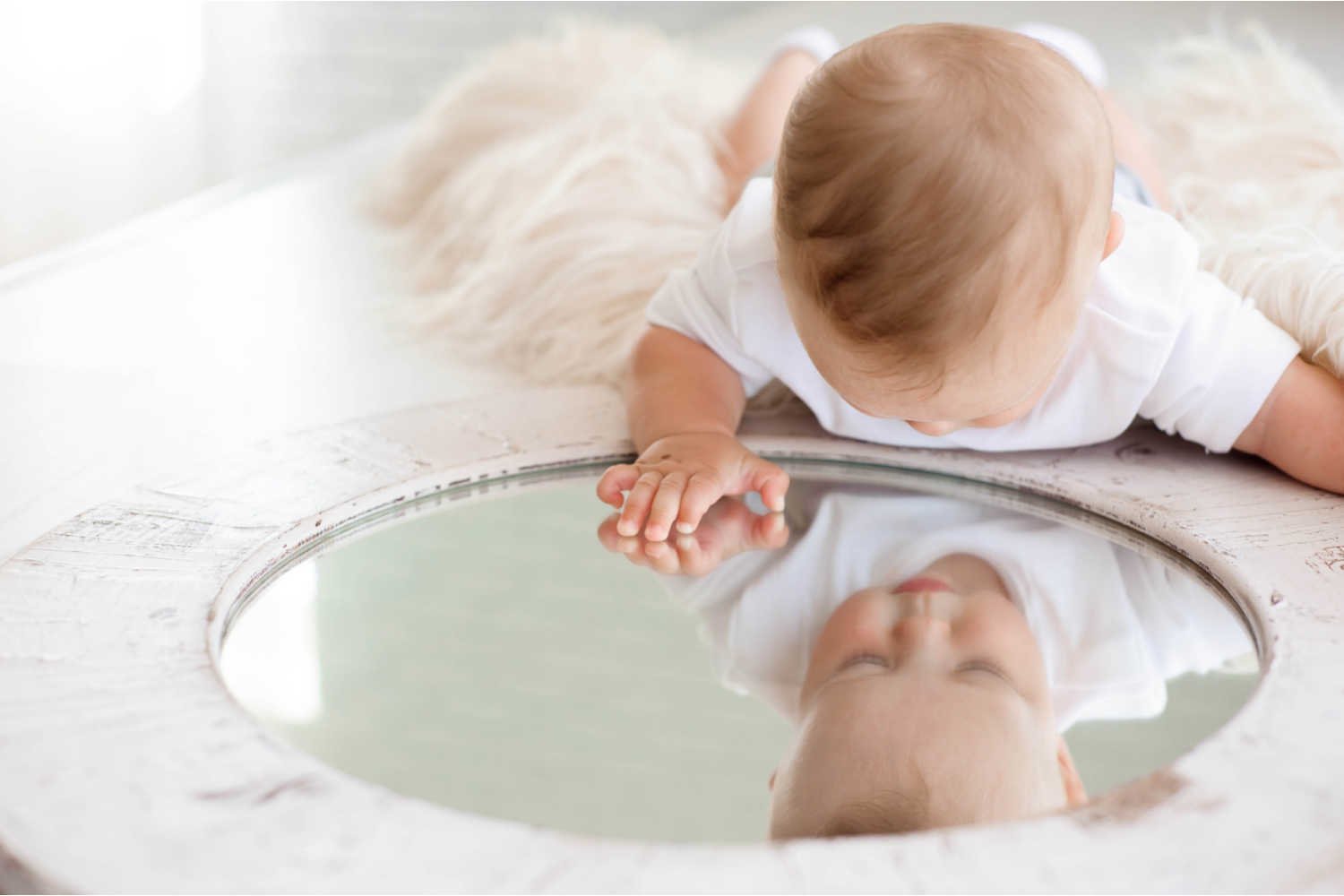

0 thoughts on “How Do Mirrors Work”